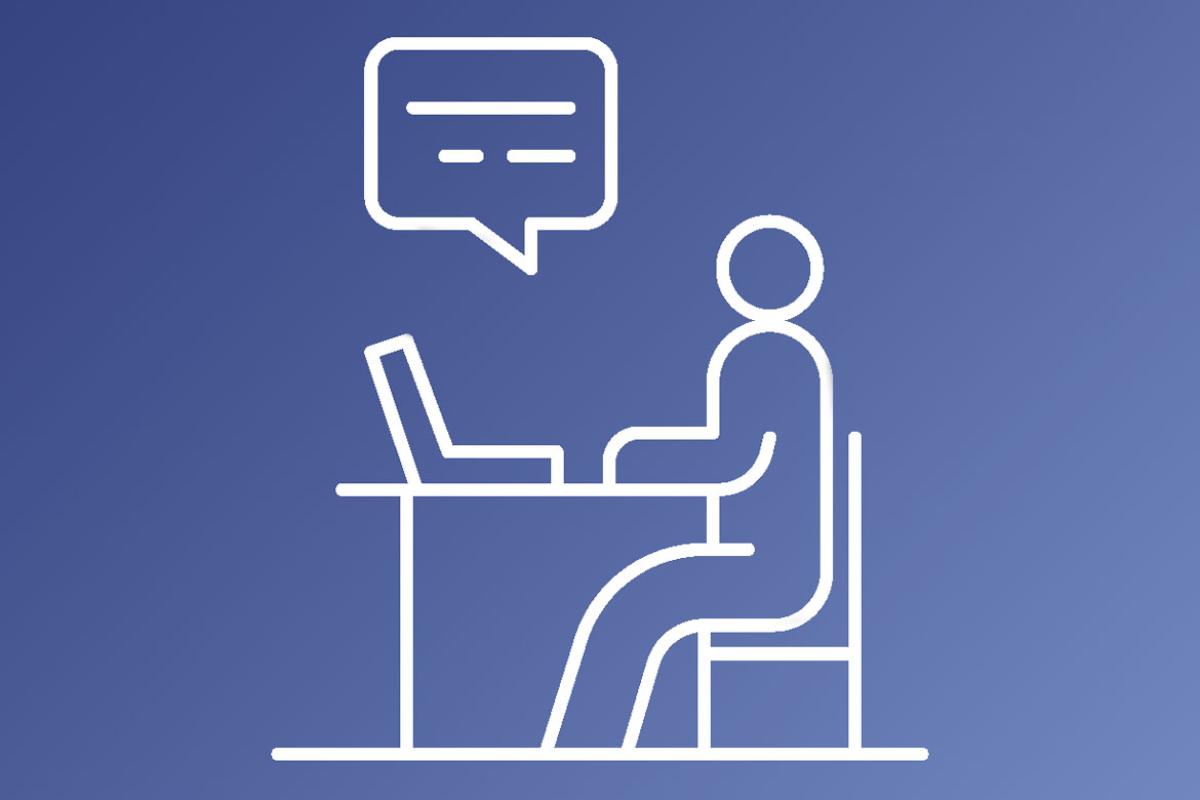Poster presentations are a great way for medical students and residents to showcase their hard work on a project. Learning how to do a poster presentation means finding the best way to present the information so that your work can stand out from the crowd.
For medical students looking to gain insight on the research process and the work their peers are doing, the 2025 AMA Research Challenge—the largest event of its kind—offers medical students, residents, fellows, and IMGs the opportunity to showcase their scholarly pursuits in front of some of the brightest minds in medicine. For those considering participating in the largest national, multispecialty research event for medical students and residents with a $10,000 grand prize presented by Laurel Road, the abstract submission deadline is July 16. The event is held virtually.
Ahead of the deadline, this expert advice can help you make the most of your poster presentation.
Think through the visuals
A hospitalist from New York with extensive research experience dating back to his days as a medical student, Charles Lopresto, DO, highlighted that poster layout should guide the viewer.
“It's important to remember to lay out your poster in an organized, but natural way,” said Dr. Lopresto, an AMA member. “Your audience takes in new information in the same way that we're accustomed to throughout the rest of our day-to-day lives, reading from left to right and top to bottom.”
Dr. Lopresto advised medical students to limit the number of visuals they include on their posters—particularly for a virtual poster event in which viewers may be skimming through many posters at a time.
“Think carefully about what's the best way to visually represent your data, whether it be a graph, plot, diagram, chart or other figure type,” he said. “Avoid simple spreadsheets that are text and number heavy, when possible. Use high-resolution, full-color images, when possible,”
The AMA Succeeding in Medical School series offers tips and other guidance on a wide range of critical topics, including preparing for the USMLE and COMLEX exams, navigating clinical rotations, pursuing medical student research opportunities, and maintaining optimal health and wellness.
Dive deeper:
- AMA Research Challenge: How to prepare a research poster
- What you need to know to ace a poster abstract
- 1st-time poster presenters offer tips on medical student research
- 4 tips for medical students to get their start as researchers
Don’t wait until the last minute
“Plan ahead! It takes longer than you think to create a poster,” said Vineet Arora, MD, dean for medical education at the University of Chicago Pritzker School of Medicine.
In addition to planning for time to brainstorm to create the best poster, don’t forget to build in time for your mentor and co-authors to review the poster and provide feedback for the revision process.
Also, give yourself time to ask people on other teams—people who haven’t been engrained in your project—to give you feedback, said Luke R. Finck, EdD, associate director of the office of medical student research at Vanderbilt University School of Medicine.
“It allows you to make sure that you get your point across clearly to those who weren’t a part of it,” he said.
And give yourself time to proofread for any errors and to double-check that your poster meets the guidelines for the conference, Dr. Arora said.

Be selective with information
The poster isn’t a place to put every single detail of your research.
“The message needs to be concise, simple and clear,” Finck said. “Ask yourself: ‘What is the point? Why should I care? How does it impact me? How does it impact my loved one?’ Then convey that point in one or two sentences.”
Dr. Arora echoes the importance of simplicity: “Sometimes students are so excited to share everything they did that it can detract from the power of one message.”
After determining your main point, Finck said, convey why you asked the question, what your hypothesis is, how you tested it and what the next steps are. “I always stress to include the limitations or next steps because no research is perfect,” he said.
Dive deeper:
- 5 reasons to showcase your work in the AMA Research Challenge
- How to get published in medical school and boost your CV
- To publish research in medical school, avoid these 4 mistakes
- Medical student research FAQ: Get started, showcase your work
Articulate impact
One of the most overlooked elements of an effective research poster is communicating why your work matters.
During the 2024 AMA Research Challenge finals, that point came into sharp focus during the judges’ final deliberations. Reflecting on what separated strong posters from exceptional ones, AMA Chief Academic Officer Sanjay Desai, MD, emphasized the importance of making the relevance and real-world impact of your research clear.
“Sometimes, we think of communication in scientific sessions, and how do you explain this to an investigator or to another scientist?” Dr. Desai said.
In poster design, there can often be an overemphasis on research and methods. It is important, Dr. Desai said, to ensure the take-home points are easy to glean.
“To patients and to those that will benefit from this science, if we can't explain our science to them and the impact and the meaningfulness of this research, then it won't have the dissemination that we want it to have,” he said.
Learn about past AMA Research Challenge winners:
- 2020: Posters on ventilators, e-cigarettes land top honors.
- 2021: Moraxella catarrhalis project lands grand prize.
- 2022: Top prize-winning research offers clues on infertility biomarkers.
- 2023: Research on bile duct cancer detection earns first place nod.
- 2024: MD-PhD student’s breast cancer research wins $10,000 prize



